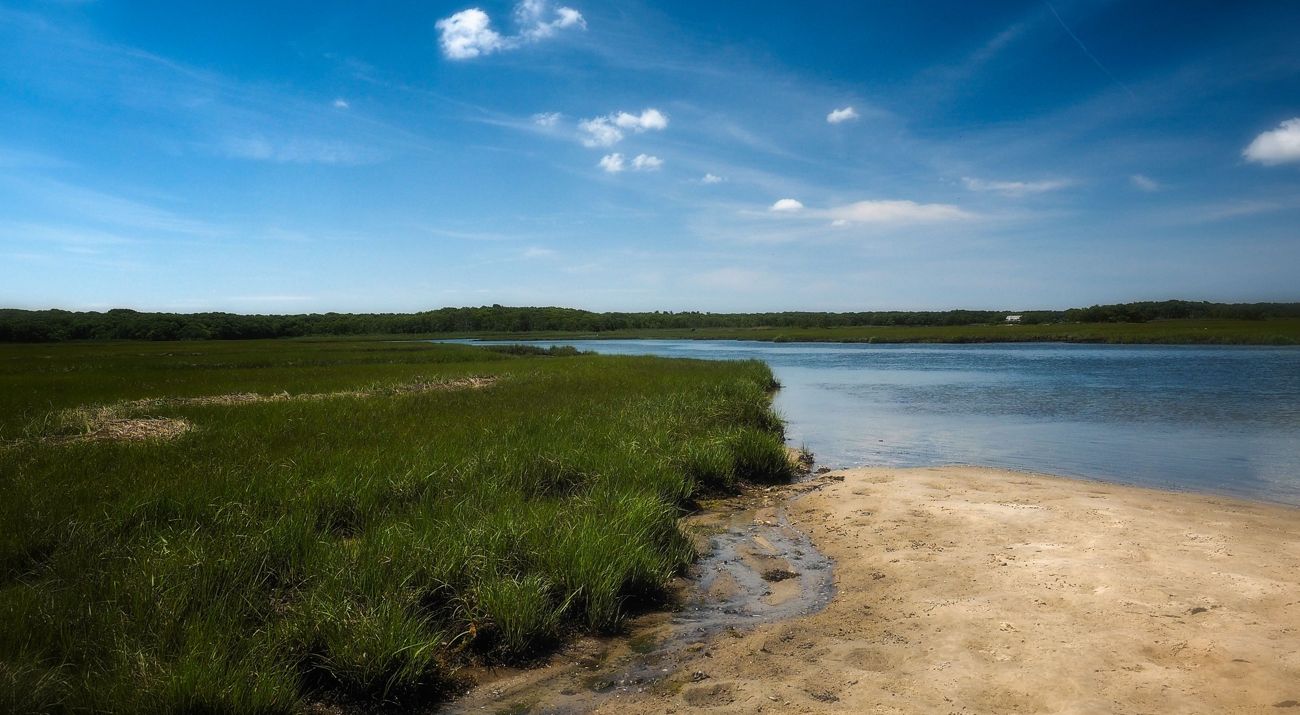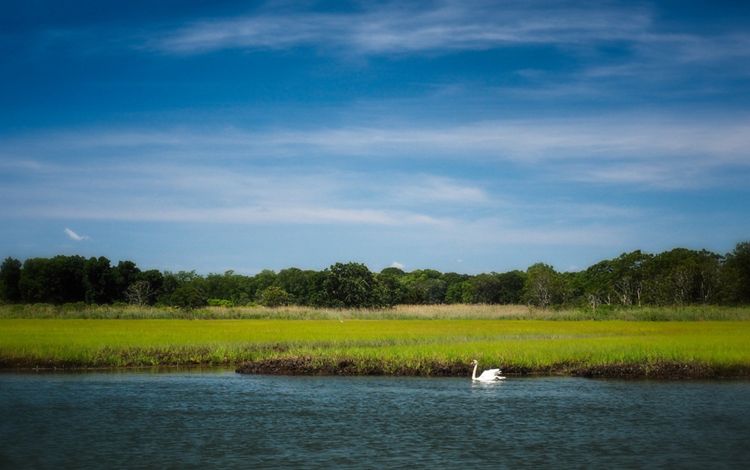Description
PLEASE NOTE: Scallop Pond Preserve is open during hunting season (Oct 1 - Dec 22). Written permission is required to hunt on TNC lands. To learn about our hunting program or to obtain permission to hunt, please visit our New York hunting information page.
Scallop Pond Preserve is one of the most pristine salt marshes left on eastern Long Island and part of the Sebonac Creek estuary. The marshes and tidal flats are flooded twice daily by the tide and serve as a major spawning ground for shellfish and finfish, including scallops, winter flounder, summer flounder, menhaden, weakfish and scup. The preserve is also an important stopover point for migratory birds. In fact, it’s an important habitat for birds year round—144 different bird species have been recorded here.
Scallop Pond Preserve is an assemblage of six tracts donated by the Salm, Ramos, Johnson, and Greenfield families in the mid-1970s. Although Scallop Pond is one of Long Island’s least developed coastal wetlands, it has a long history of human use. The Sebonac Creek estuary was an important source of food for Native Americans and European colonists. By the 1790s, much of the forest in this area had been cut for houses and shipbuilding, and by the 1830s the estuary was being fished for menhaden.
By the 1880s, records show an annual harvest of oysters, scallops, quahogs, soft shell clams and eels. Sport-hunting became widespread by 1900, and it wasn’t uncommon for a hunter to kill upwards of 300 scaups in a single day. These practices led to the quick extinction of birds such as the passenger pigeon, heath hen, Eskimo curlew and Labrador duck.



